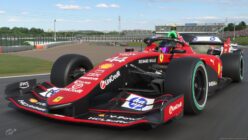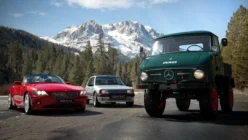The Switch is home to some of the year’s best games — unless you’re a racing fan. While it’s true Nintendo’s platforms have never been a haven for the genre, the hybrid console is awfully shorthanded in the racing department, even compared to its predecessors. Excellent as they are, Mario Kart 8 Deluxe and Fast RMX can only satisfy for so long.
Enter Gear.Club Unlimited, the first racer on the Switch to feature licensed cars (well, unless you count those miniaturized Mercs in Mario Kart). Developed by Eden Games, the company responsible for the V-Rally series and the cult classic Test Drive Unlimited, Gear.Club unashamedly wears its inspiration on its sleeve. The name doesn’t leave much to the imagination — though if you’re hoping for a spiritual successor to Eden’s previous work or Sony’s team-focused arcade racer, you’ll be sorely disappointed.
Rather, Gear.Club Unlimited is simply an expanded version of a mobile game released earlier this year. Straight away, it’s easy to tell this version for Switch stands above its iOS and Android counterparts in content and overall presentation. But is it enough to be the semi-realistic racer the platform so desperately needs, or just a savvy cash grab aimed at a captive market?
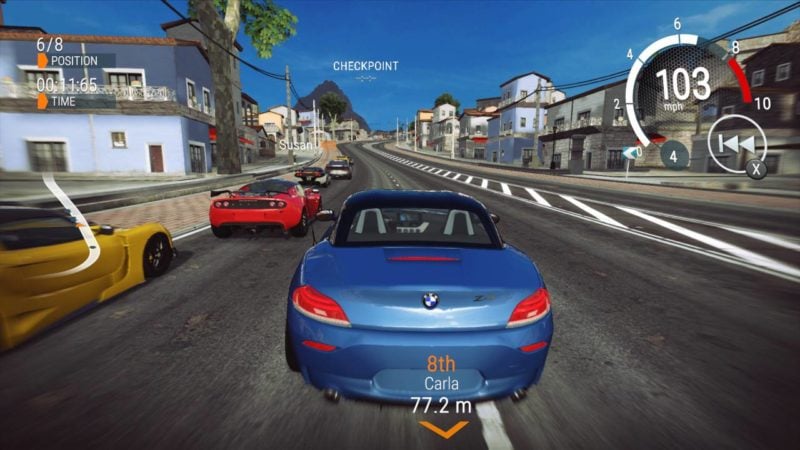
Content and Value For Money —
First, the good news. Unlike the mobile version, you won’t have to fuss with microtransactions in Gear.Club Unlimited. Priced at $49.99, the Switch release contains all 32 cars and hundreds of track layouts you’re encouraged to pay to unlock in the original Gear.Club.
The Campaign Mode is where most of the magic happens — quite literally, because outside of Local Multiplayer, there are no other game modes in Gear.Club Unlimited. The venue for Campaign Mode is a sprawling map filled with challenges of various types, dealerships, and performance garages where you are given free rein to upgrade your ride under the hood, as well as cosmetically.
At first blush, it seems like there’s a great deal to do in terms of the singer player experience, though you run the gamut pretty quickly. The map itself is deceptive; there’s no such thing as free roam, and although it encompasses a variety of environments, from a seaside Mediterranean town to canyons and forests, the courses are all quite bland, forgettable, and often short. For as much as it seems Eden was angling for Driveclub’s breathtaking locales and track design, none of that ambition shines through in gameplay.
In the end, you’re predictably hopping from event to event, earning stars and fulfilling challenges, which allow you to level up and unlock more sections of the map. It’s standard fare for an arcade racer, certainly not helped by the drab car roster.
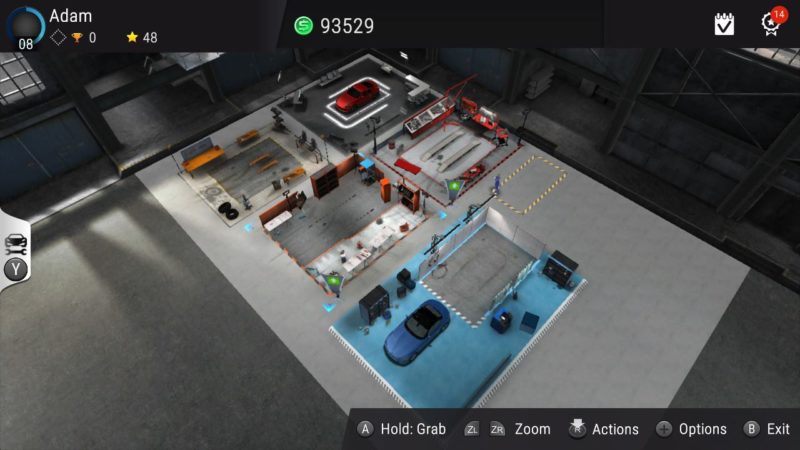
The problem isn’t its quantity, but the selections themselves. This is a pretty ho-hum list of current sports cars and supercars, with the only saving grace being a strong representation of the McLaren production family and a rather surprising, odd choice in the AC 378 GT Zagato concept from about five years back. Rather, if Gear.Club has one strength, it’s the customization suite.
Tweaking your ride is admittedly a bit of a strange process. Your garage takes the form of modular workshops you can place along a grid, almost like Sim City. There are separate shops for power and speed, exterior modifications, paint, and tires and brakes, along with an assortment of space fillers and furniture to give your home base that lived-in look.
It’s clearly a holdover from the game’s free-to-play roots. Building each workshop costs money — and that’s not including the cash you’ll have to shell out to expand the space in your garage to house them, and the fact that each workshop needs to be upgraded to allow you to buy and fit more expensive parts. Fortunately, the economy of the Unlimited version means you shouldn’t have to grind too obsessively to afford all this stuff, because there are some pretty cool things you can do to your ride in Gear.Club.
Each car can receive a number of exterior modifications, including bumpers, wings, side skirts, and liveries. In a nod to Test Drive, Gear.Club lets you swap out stock wheels for other factory options — a wrinkle of customization often missing from most racing games. Of course, it’s nothing on the level of, say, Need For Speed, but it’s respectable for a Switch racer that started life as a smartphone game.
Online Features —
It’s in your best interest to get real used to swapping paint with the AI, because Gear.Club has no online multiplayer. Disappointing as that is, it’s not particularly surprising given the game’s mobile roots. Though as the only moderately realistic racer on the Switch (with an eSports campaign to boot), you can’t help but feel Eden and publisher Microids passed on an opportunity to solidify Gear.Club’s grip on the genre on Nintendo’s handheld.
What you do get in its place is Leagues, a form of asynchronous multiplayer where you can challenge times set by other players, and improve your global standing depending on your performance. It’s better than nothing, and hearkens back to Driveclub’s goal of encouraging a little healthy competition through leaderboards.
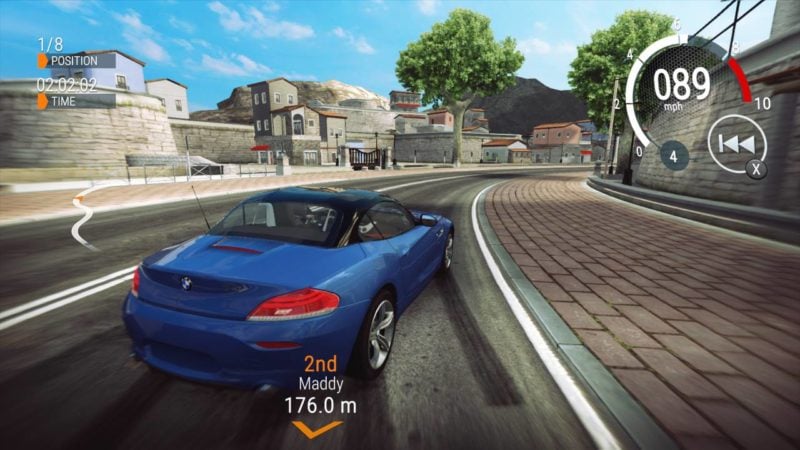
Driving Physics and Handling —
I so desperately wanted to fall head over heels for Gear.Club Unlimited. As a Switch owner, I’ve been waiting for a game like it for so long — a racer that straddles arcade and simulation, on a console I could play on my TV or on the go.
I could look past the repetitive Campaign Mode and dearth of interesting cars, if the game at least drove well.
Gear.Club Unlimited can’t mask its overly simplistic, disconnected steering with the Switch’s control stick. This feels very much like a mobile game at a loss to communicate the nuances of driving at speed through physical controls — probably because that sort of depth was never present in the handling model to begin with.
The sensation of cornering is unlike anything I’ve felt in a racing game before. Normally, turning at full-lock should be met with a brief moment of traction, followed by understeer as your line through the corner progressively widens. In Gear.Club, it’s pretty much the opposite of that: grip steadily increases over time, until you’re unexpectedly carving a sharper line than you intended and probably hitting the interior wall of the track.
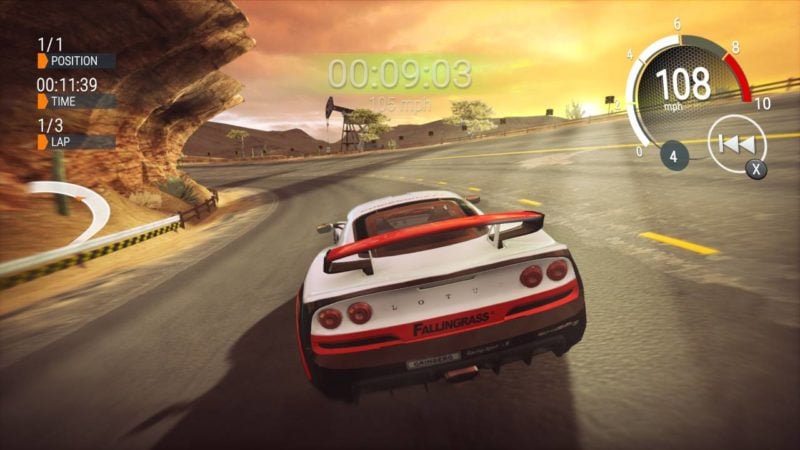
This will continue for some time, though if you can hang on long enough, the back end will begin to step out. Yet this too is deceptive, because there’s no wrestling back control of your car in Gear.Club. Once you’ve noticed the skid begin, anything that happens between you and the front tires will have absolutely zero effect on the way your car ends up pointed when all is said and done. You’re pretty much just a passenger.
It’s a miserable experience made more frustrating by the wicked sense of speed. I’ll admit, Gear.Club is one of the fastest racing games I’ve played in a long time. Even the lowest class vehicles will have you tiptoeing through sweepers and liberally applying the brakes. But part of the reason it feels so quick is because you know you’re never in control. It’s the same reason why doing 80 MPH feels terrifying in an old pickup, but pedestrian in a sports sedan.
You never feel the texture of the road, which means you’re constantly searching for feedback that isn’t there. Rally racing improves somewhat in this regard — loose gravel allows for a little more play in the steering, which cuts down on that sticky, stubborn sensation. But too often in Gear.Club, your greatest foe isn’t other drivers — it’s a series of tight corners that the physics engine simply doesn’t give you the tools to adequately negotiate.
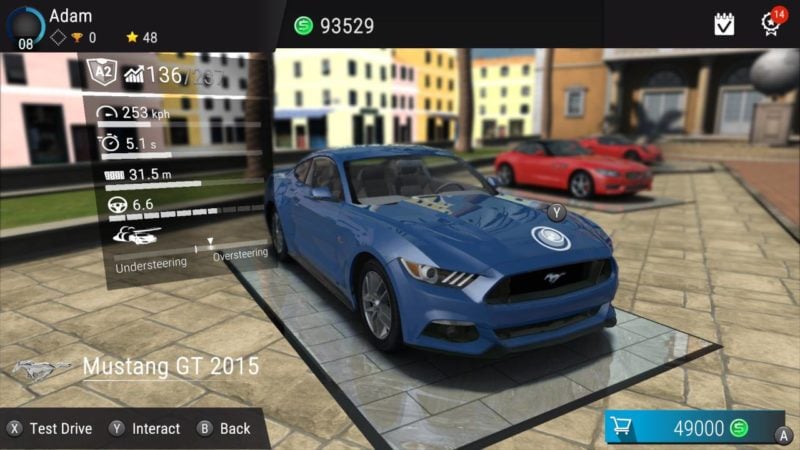
Graphics —
While Gear.Club Unlimited benefits from the additional power of the Switch compared to the mobile version, it doesn’t push the console very hard. Car models are colorful and reasonably detailed but lack damage. Moreover, the muted lighting, blurry textures, and drought of trackside foliage and scenery really let down the spectacle of the exotic locales. Five years later, Wipeout 2048 on the PS Vita still puts it to shame.
There are some welcome effects to dress up the aesthetic, like a subtle motion blur and color fringing at top speed. Docked, Gear.Club Unlimited will run at 1080p — an improvement from the 720p resolution of handheld mode — though its frame rate can easily drop below 30 fps too many cars are on screen, like during the beginning of a race. Ultimately, it’s about as exciting to look at as it is to play. In this context, that’s not a compliment.
Sound —
There’s nothing egregiously wrong with the audio in Gear.Club — there just isn’t very much of it. Mobile games typically aren’t praised for their sound, so it shouldn’t come as a surprise that the Camaro in Eden’s arcade racer churns with all the fire and fury of a washing machine.
The dull engine noise would be less of an issue if there was in-race music, but the tunes in Gear.Club are relegated to the menus. That’s a shame, because the few that are there are actually quite nice, especially the track that plays when you’re navigating the world map.
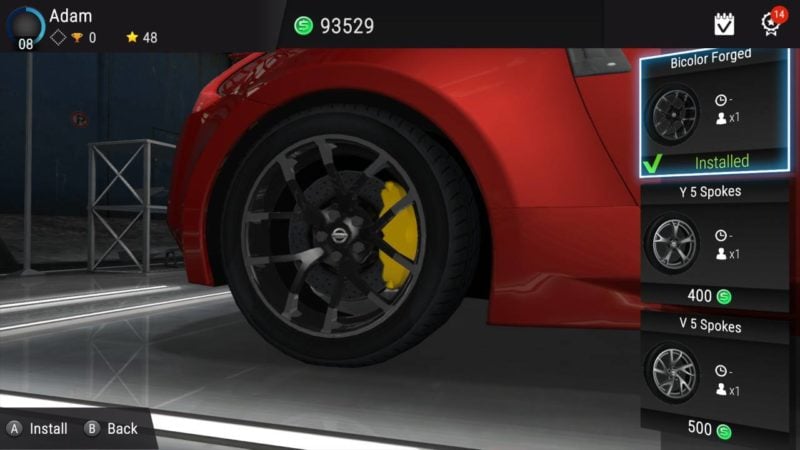
The Verdict
The search for the Switch’s first authentic racing game continues, though we can thank Gear.Club Unlimited for trying and drawing more attention to the genre on Nintendo’s hardware.
As a poor man’s stand-in for Driveclub or Test Drive Unlimited, Gear.Club might help discerning players bide their time. However, its mobile beginnings belie its ambition. The re-release on Switch offers a new coat of paint, but underneath all the flaws of the original are still present.
A handling model tuned for a phone accelerometer doesn’t adapt well to an analog stick, nor do 45-second-long races with pushover AI, and a repetitive, monotonous campaign. Sure, it’s not too shabby from a content standpoint, but when the appeal of driving something that lacks the ability to fire Koopa shells wears off, Gear.Club simply won’t cut it.
Gear.Club Unlimited
Learn more about how our rating system works.
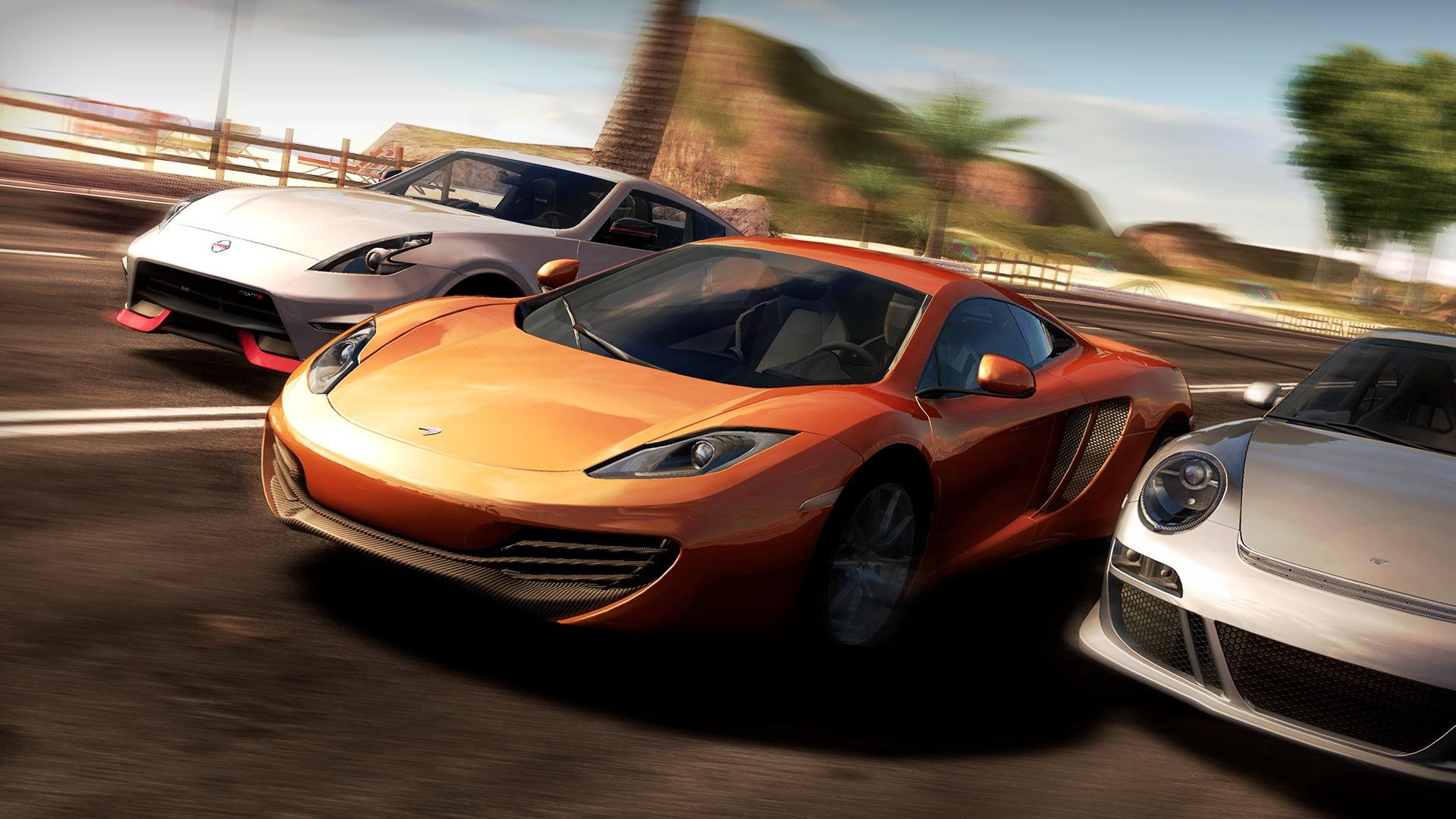
See more articles on Gear Club and Nintendo Switch.



